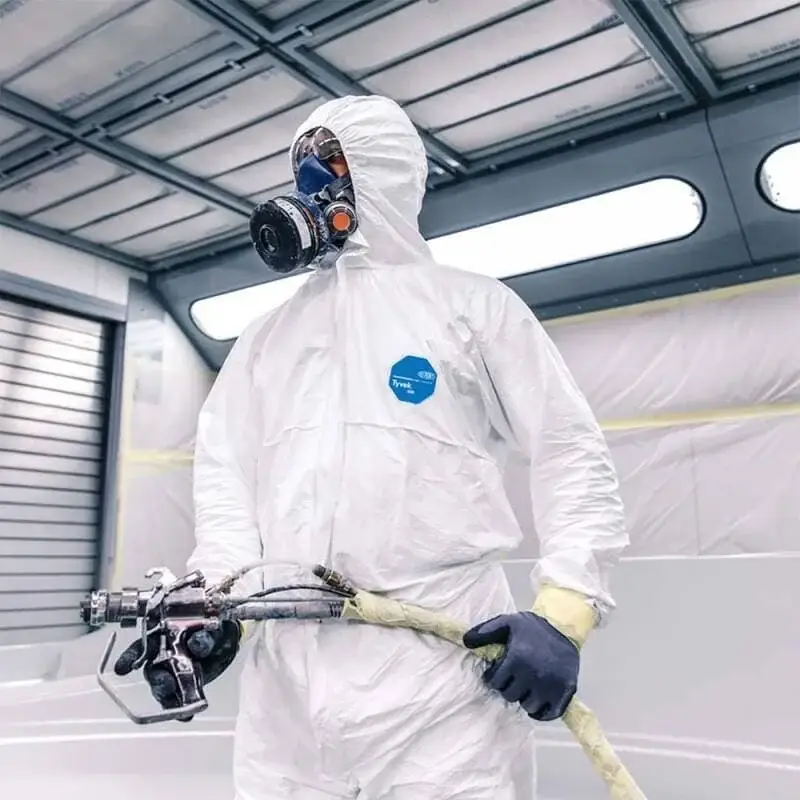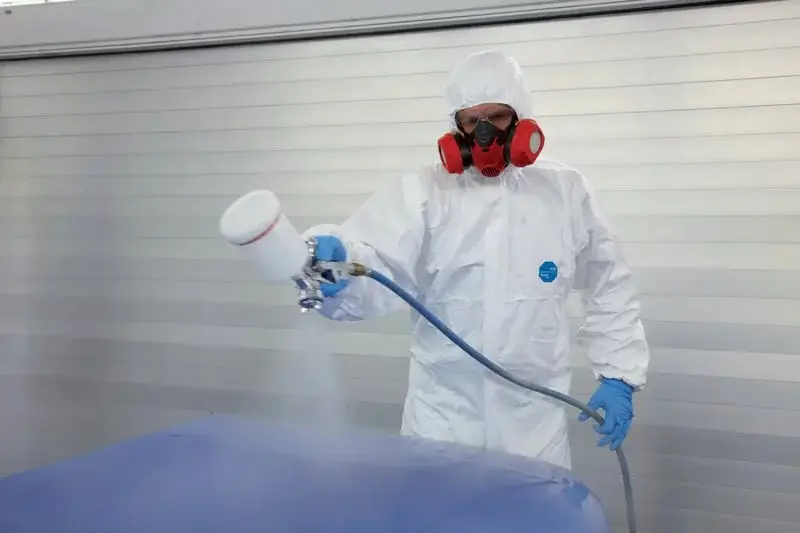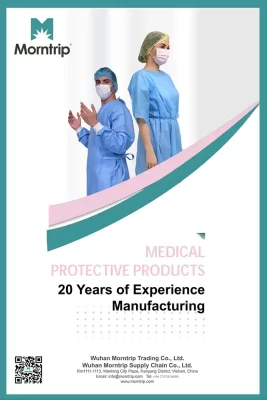Table of Contents
Surgical gowns are essential personal protective equipment (PPE) in healthcare settings, with four surgical gown levels designed to match varying risk scenarios. Level 1 gowns offer minimal protection for basic care and standard hospital visits, while Level 2 gowns provide slightly enhanced protection for low-risk procedures like blood drawing. Level 3 gowns are suitable for moderate-risk situations such as IV insertion, featuring reinforced critical zones. For high-risk environments like operating rooms, Level 4 gowns offer maximum protection with impermeable, pathogen-resistant materials.(fda.gov)
Choosing the appropriate gown level is crucial for maintaining safety and hygiene in medical environments. By understanding the features and intended use of each level, healthcare professionals can ensure they have adequate protection for their specific tasks. This knowledge allows medical staff to focus on patient care with confidence, knowing they are properly shielded from potential hazards.
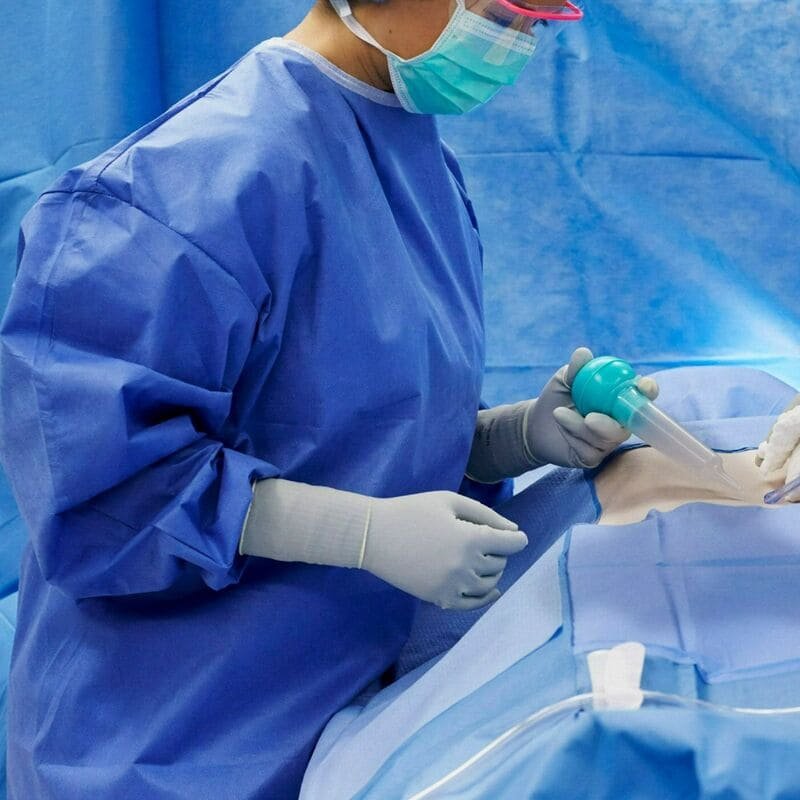
Choosing appropriate surgical gowns in healthcare settings hinges crucially on understanding and selecting the correct Surgical Gown Level. According to the ANSI/AAMI PB70:2012 standard, gowns are categorized by their liquid barrier performance. This standard helps healthcare providers choose the appropriate gown for different medical situations, ensuring both safety and comfort. Whether it’s for routine procedures or high-risk surgeries, knowing the correct gown level can make all the difference in protection and patient care.

Use Cases
As a hospital visitor, you may be required to don protective attire. This is where Surgical Gown Levels become relevant. Level 1 gowns are typically suitable for visitors, providing basic protection in standard medical units and isolation scenarios without compromising comfort.
Testing
Level 1 surgical gowns undergo rigorous testing to confirm their protective qualities:
- AATCC 42 Impact Penetration Test: Verifies that water penetration does not exceed 4.5 grams.
This testing standard ensures the gown offers sufficient protection in situations with minimal fluid exposure. The protection level can be likened to that of a light raincoat – suitable for minor splashes but not intended for heavy fluid contact scenarios.
Barrier Effectiveness
Surgical Gown Level 1 provides minimal water resistance, offering basic protection against light fluid exposure. This level balances essential barrier effectiveness with comfort, making it ideal for low-risk environments where unrestricted movement is important.

AAMI Level 2 Surgical Gowns for Low Risk
Use Cases
Level 2 surgical gowns are designed for low to moderate-risk scenarios, such as those encountered in Intensive Care Units or pathology labs. These gowns provide enhanced protection during procedures like blood draws or suturing, where the risk of fluid exposure is present but limited. By offering a balance between safety and functionality, Level 2 gowns enable healthcare professionals to perform their duties efficiently while maintaining appropriate protection against potential contaminants.
Testing
Level 2 surgical gowns undergo stringent testing to verify their protective capabilities. Two key tests are employed:
- AATCC 42 Impact Penetration Test: Ensures the gown permits no more than 1.0 grams of water penetration.
- AATCC 127 Hydrostatic Pressure Test: Confirms the gown can withstand a minimum of 20 cm of hydrostatic pressure.
These tests validate the gown’s effectiveness in scenarios with low fluid exposure, assuring adequate protection for medical professionals.
Barrier Effectiveness
Surgical Gown Level 2 offers low water resistance, suitable for tasks with minimal fluid exposure. It balances protection and comfort, providing adequate safety without the bulk of higher-level gowns. This level is ideal for maintaining sterility and safeguarding against low-risk exposures while allowing for unrestricted movement during medical procedures.

AAMI Level 3 Surgical Gowns for Moderate Risk
Use Cases
Level 3 surgical gowns are essential in various medical scenarios, including:
- Arterial blood draws
- Intravenous (IV) line insertion
- Emergency Room (ER) procedures
- Trauma cases
These situations present moderate fluid exposure risks, highlighting the importance of appropriate “Surgical Gown Level” selection.
Testing
Two critical tests validate Level 3 gown effectiveness:
- AATCC 42 Impact Penetration Test: Limits water penetration to ≤ 1.0 gram
- AATCC 127 Hydrostatic Pressure Test: Requires resistance to ≥ 50 cm of water pressure
Barrier Effectiveness
Level 3 gowns provide moderate water resistance, effectively protecting against moderate fluid exposure. This balanced design ensures safety for healthcare professionals while maintaining comfort and freedom of movement.
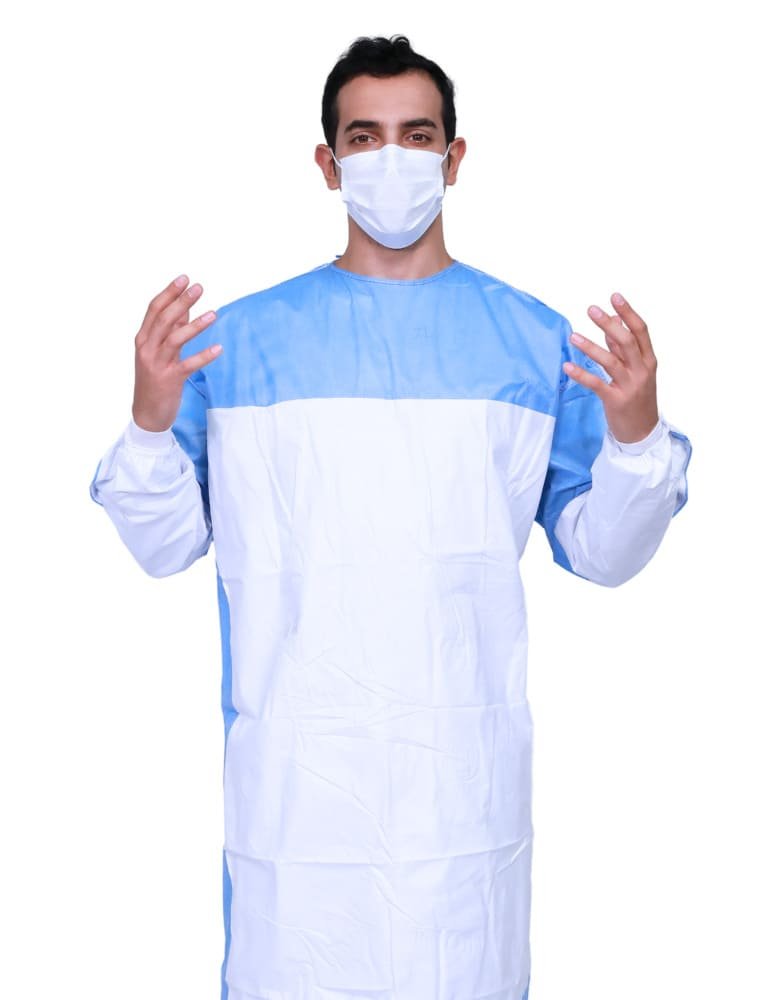
AAMI Level 4 Surgical Gowns for High Risk
Use Cases
Level 4 surgical gowns are crucial for:
- Long, fluid-intensive surgical procedures
- Situations involving infectious diseases
- Scenarios requiring maximum pathogen resistance
- Protecting against blood and viral penetration
These gowns provide essential protection when the stakes are highest, allowing medical professionals to focus on patient care with confidence.
Testing
Two rigorous tests validate Level 4 gown effectiveness:
- ASTM F1670 Synthetic Blood Penetration Test
- ASTM F1671 Viral Penetration Test
These tests simulate real-world conditions, ensuring gowns can withstand extreme challenges.
Barrier Effectiveness
Level 4 surgical gowns offer:
- High resistance to blood penetration
- High resistance to viral penetration
- Maximum level of protection available
This superior barrier acts as an impenetrable shield against potential contaminants, providing unparalleled safety and confidence for healthcare professionals in high-risk situations.
CE standard Surgical Gowns for the EU market
For gowns sold in the European market, CE certification ensures compliance with EU regulations. The primary standard for surgical gowns in the EU market is EN 13795. This standard sets requirements for surgical gown performance, design, and labeling in healthcare settings. EN 13795 categorizes surgical gowns into two main performance levels:
Standard Performance
- Roughly equivalent to AAMI Levels 1-2
- Moderate resistance to liquid penetration (≥20 cm H2O in critical areas)
- Lower resistance to wet microbial penetration (≥2.8 IB in critical areas)
- Suitable for procedures with lower fluid exposure risks
High Performance
- Comparable to AAMI Levels 3-4
- Superior resistance to liquid penetration (≥100 cm H2O in critical areas)
- Maximum resistance to wet microbial penetration (6.0 IB in critical areas)
- Higher tensile strength for surgical drapes
In conclusion, the importance of selecting the appropriate surgical gown level cannot be overstated in healthcare settings. From the minimal protection offered by Level 1 gowns to the maximum barrier provided by Level 4 gowns, each level serves a crucial role in safeguarding healthcare professionals and patients alike. The ANSI/AAMI PB70 classification in the US and the EN 13795 standard in the EU provides comprehensive guidelines for gown selection, ensuring that safety measures are standardized across different regions.
Understanding these standards and the specific requirements for each gown level empowers healthcare providers to make informed decisions based on the risk level of procedures they perform. This knowledge not only enhances safety but also optimizes resource allocation, ensuring that high-performance gowns are used where they are most needed.
As a leading surgical gown manufacturer, we understand the critical importance of proper protection in healthcare settings. Our comprehensive range of surgical gowns meets all AAMI levels and EN 13795 standards, ensuring you have the right protection for every scenario.
Don’t compromise on safety. Explore our full line of surgical gowns today:
- AAMI Level 1-4 gowns for US markets
- EN 13795 standard and high performance gowns for EU markets
Contact us now to discuss your specific needs and find the perfect gown solutions for your healthcare facility. Let us help you prioritize safety without sacrificing comfort or performance. Visit our website or email [info@morntrip.com] to speak with our product specialists and request free samples.
References:
CDC. NIOSH Personal Protective Equipment Information (PPE-Info). Available at: PPE-Info—Standard Details (cdc.gov). Accessed November 7, 2022.
AAMI (2023, January). ANSI/AAMI PB70:2022, Liquid barrier performance and classification of protective apparel and drapes intended for use in health care facilities.
FDA. Personal Protective Equipment for Infection Control/Medical Gowns. Available at: https://www.fda.gov/medical-devices/personal-protective-equipment-infection-control/medical-gowns#g4. Accessed November 7, 2022.
CDC. The National Personal Protective Technology Laboratory/Considerations for Selecting Protective Clothing. Available at: Considerations for Selecting Protective Clothing | NPPTL | NIOSH | CDC. Accessed November 5, 2022.

